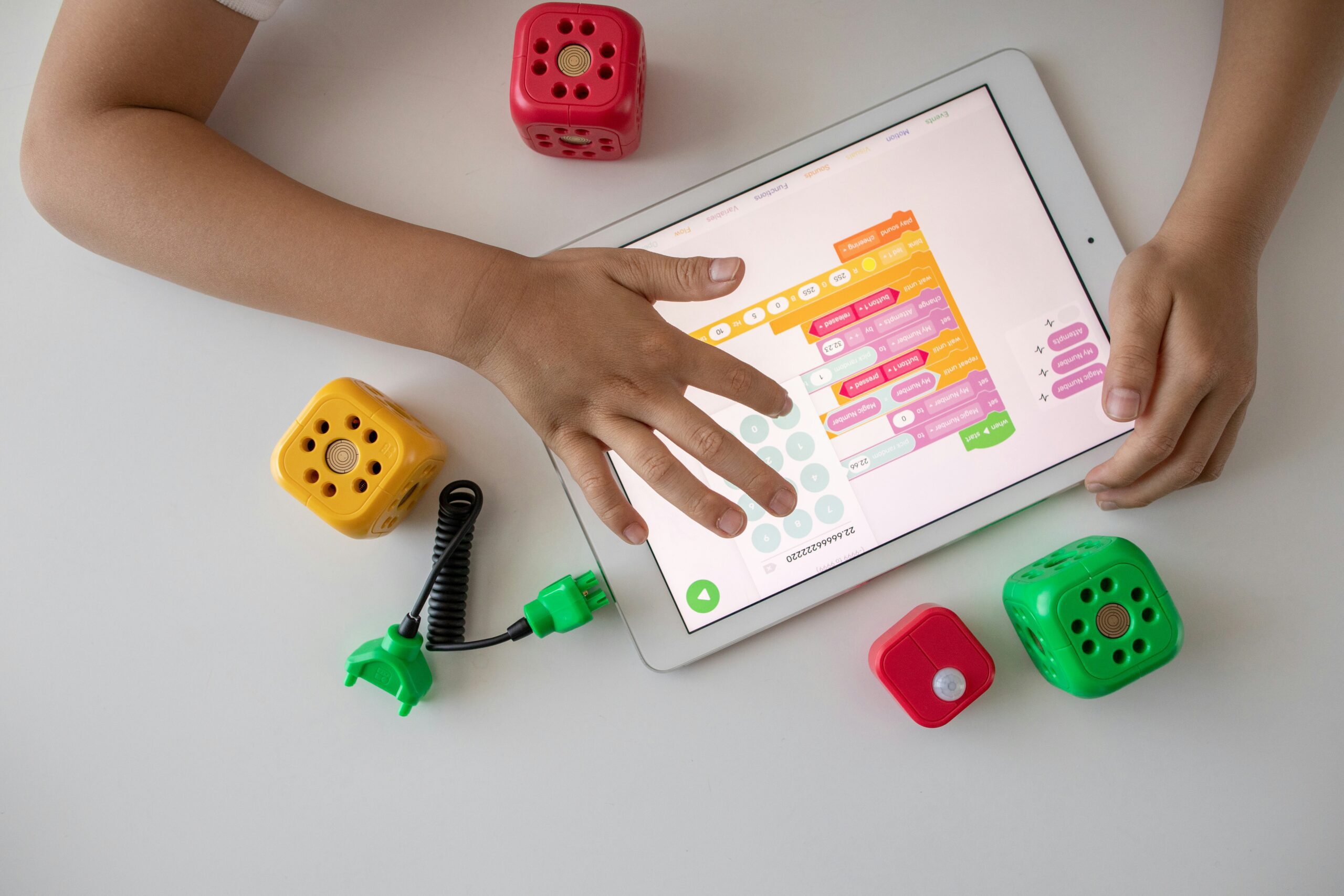Introduction
The global shift towards remote education has been accelerated by recent events, making online learning platforms more important than ever before. As educators and students adapt to this new normal, it is crucial to prioritize user interface (UI) and user experience (UX) strategies to create engaging and effective online learning environments.
1. Simplify Navigation
One of the key elements of a successful online learning platform is intuitive navigation. Students should be able to easily find the information they need without feeling overwhelmed. Implement a clear and organized menu structure that allows users to navigate through different sections of the platform effortlessly. Use descriptive labels and logical categorization to guide students to the right resources.
2. Streamline Registration and Login Processes
Make it simple for students to create accounts and log in to the platform. Avoid lengthy registration forms and unnecessary steps that may discourage potential users. Consider integrating social media logins or single sign-on options to streamline the process further. Prioritize user privacy and data security to build trust with your users.
3. Responsive Design for Multiple Devices
Online learning should be accessible to students regardless of the device they are using. Implement a responsive design that adapts to different screen sizes and resolutions. This ensures that students can access course materials and participate in discussions seamlessly from their desktops, laptops, tablets, or smartphones.
4. Personalized Learning Experiences
Every student has unique learning needs and preferences. Implement UI/UX strategies that allow for personalized learning experiences. Provide students with the ability to customize their profiles, choose their preferred learning paths, and set their learning goals. Incorporate adaptive learning technologies that adjust the difficulty level of content based on individual progress.
5. Engaging Multimedia Content
Make learning engaging and interactive by incorporating multimedia content into the platform. Use videos, audio recordings, infographics, and interactive quizzes to enhance the learning experience. Ensure that the platform supports various file formats and provides options for students to upload their own multimedia content.
6. Clear Communication Channels
Effective communication is vital in an online learning environment. Implement clear and accessible communication channels within the platform. This can include discussion forums, messaging systems, and video conferencing tools. Encourage active participation and collaboration among students and provide timely feedback to foster a sense of community.
7. Progress Tracking and Assessment
Provide students with a clear overview of their progress and achievements. Implement features that allow them to track their completion of modules, assignments, and assessments. Use visual indicators and progress bars to motivate students and give them a sense of accomplishment. Offer timely feedback on assignments and assessments to facilitate continuous improvement.
8. Accessibility and Inclusivity
Ensure that your online learning platform is accessible to students with different abilities and learning styles. Implement features such as closed captioning, screen readers, and alternative text for images to accommodate students with visual or hearing impairments. Consider the needs of students with color blindness or dyslexia by using appropriate color schemes and font styles.
Conclusion
UI/UX strategies play a crucial role in empowering remote education through online learning platforms. By prioritizing intuitive navigation, personalized learning experiences, engaging multimedia content, and effective communication channels, educators can create a positive and impactful learning environment for students. Continuous improvement and adaptation to evolving technologies and user needs are key to ensuring the success of online education.











Leave a Reply